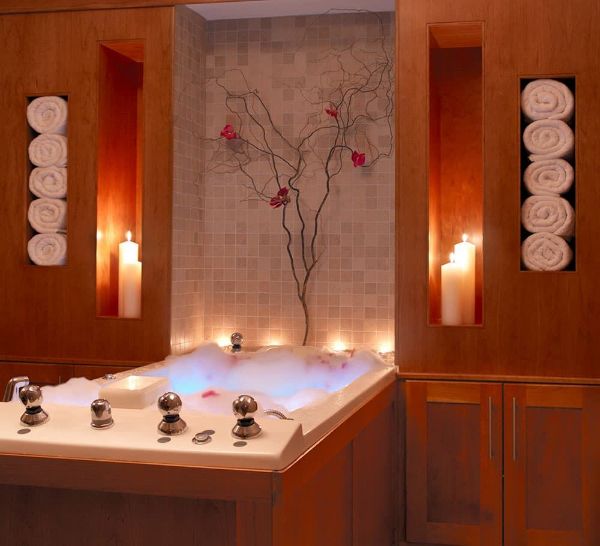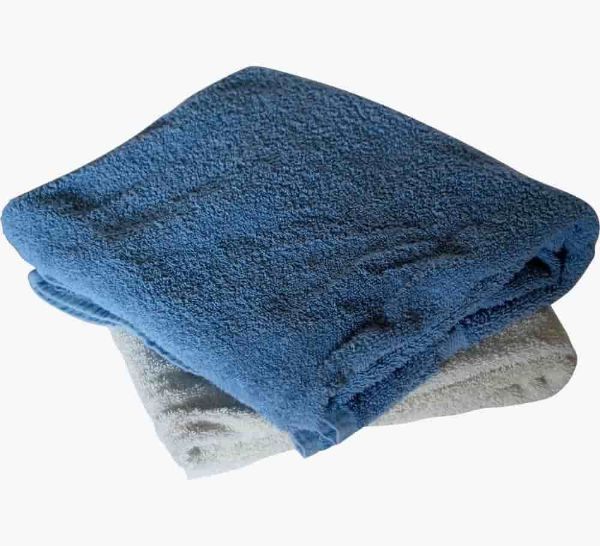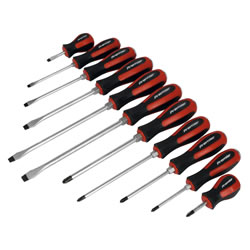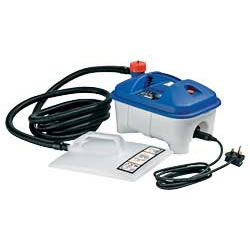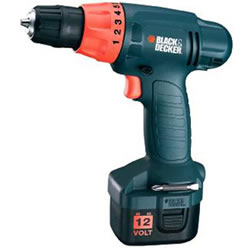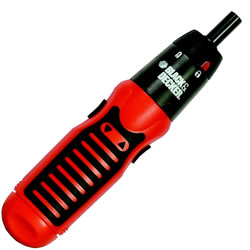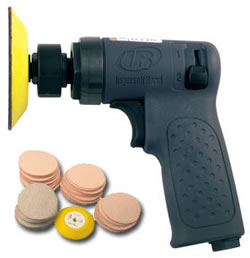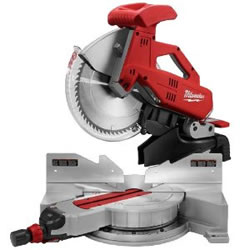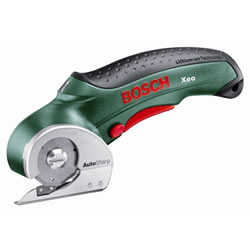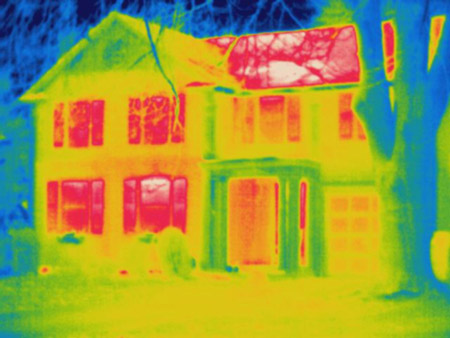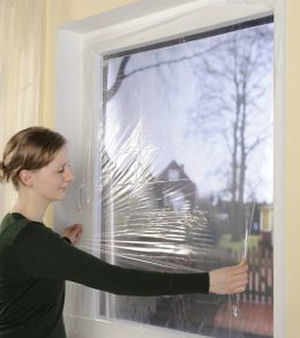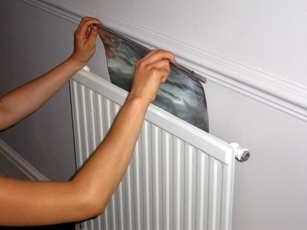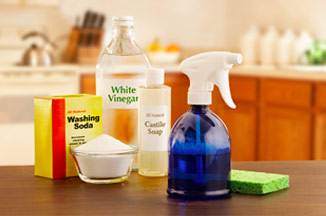The main bathroom is often one of the most underrated parts of a house. Just because it is one of the smallest rooms, people who are decorating or renovating often think it needs less thought put into aspects like colour and lighting than the living room, kitchen, or bedrooms. In actual fact, how comfortable and luxurious your bathroom is can make quite a difference to how it feels to live in or visit your home, and so it is worth putting some time into planning out the details. This doesn’t just mean the main fixtures like the shower or bath, but also aesthetic elements like lighting.
Why is Lighting Important in a Bathroom?
You may think that as long as you aren’t trying to shower or use the toilet in the dark, then the lighting in your bathroom is fine. Actually, with good lighting, your bathroom can become a more relaxing place in the evening, a more energising place in the morning, and a more convenient place to do things like put on makeup, style your hair or shave. This generally means that you need to think about separate lighting elements – your above mirror lighting, lighting for the room in general, and possibly also lighting for the shower or bath.
LED is Always Best
When it comes to bathroom lighting, always go for LED for new or refurbished fittings. LED lasts longer, is more energy efficient, and gives you more choice when it comes to light tones or colours. Plain LED lights allow you to choose between blue, yellow or white tones for your light, and in the bathroom, a yellow tone that emulates sunlight is preferable. This is because it is less harsh and gives you a better impression of how you actually look in daylight when you are getting ready in front of the mirror. White or blue tones can be effective as a style choice for the whole room, but if you are using spotlights above the mirror, a warmer tone is better there.
Colour Changing Lights
It is currently quite fashionable in interior design to use colour changing lights in showers, and there is a good reason for this. It has been shown by psychologists that different colours from the light spectrum have different effects on the brain. This means that being able to change the lighting in your shower is not just a cool gimmick but can actually be used to help relax you or wake you up. Naturally, this makes taking a shower is a better experience, and also looks great, so consider getting a colour changing LED light system for your shower. These are less expensive than they were just a few years ago and can make a big difference to how luxurious and pleasant using your home shower is!
As you can see, bathroom lighting is important when you are trying to make your bathroom as convenient as possible, just as other things like heated towel rails can make your bathroom one of the nicest parts of your home, despite it being small!

